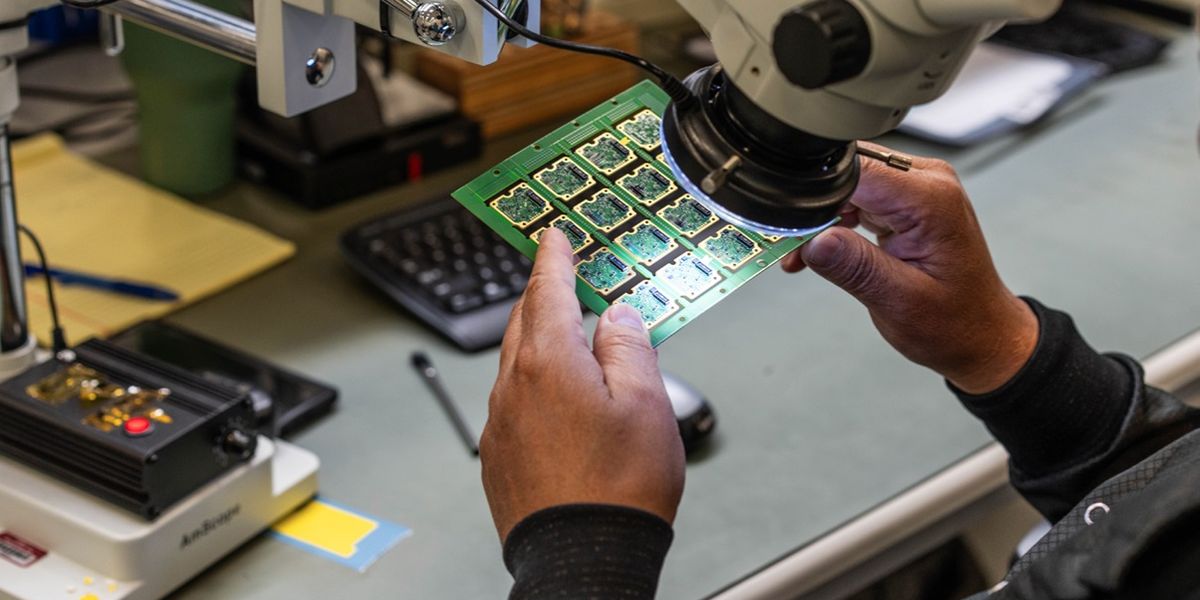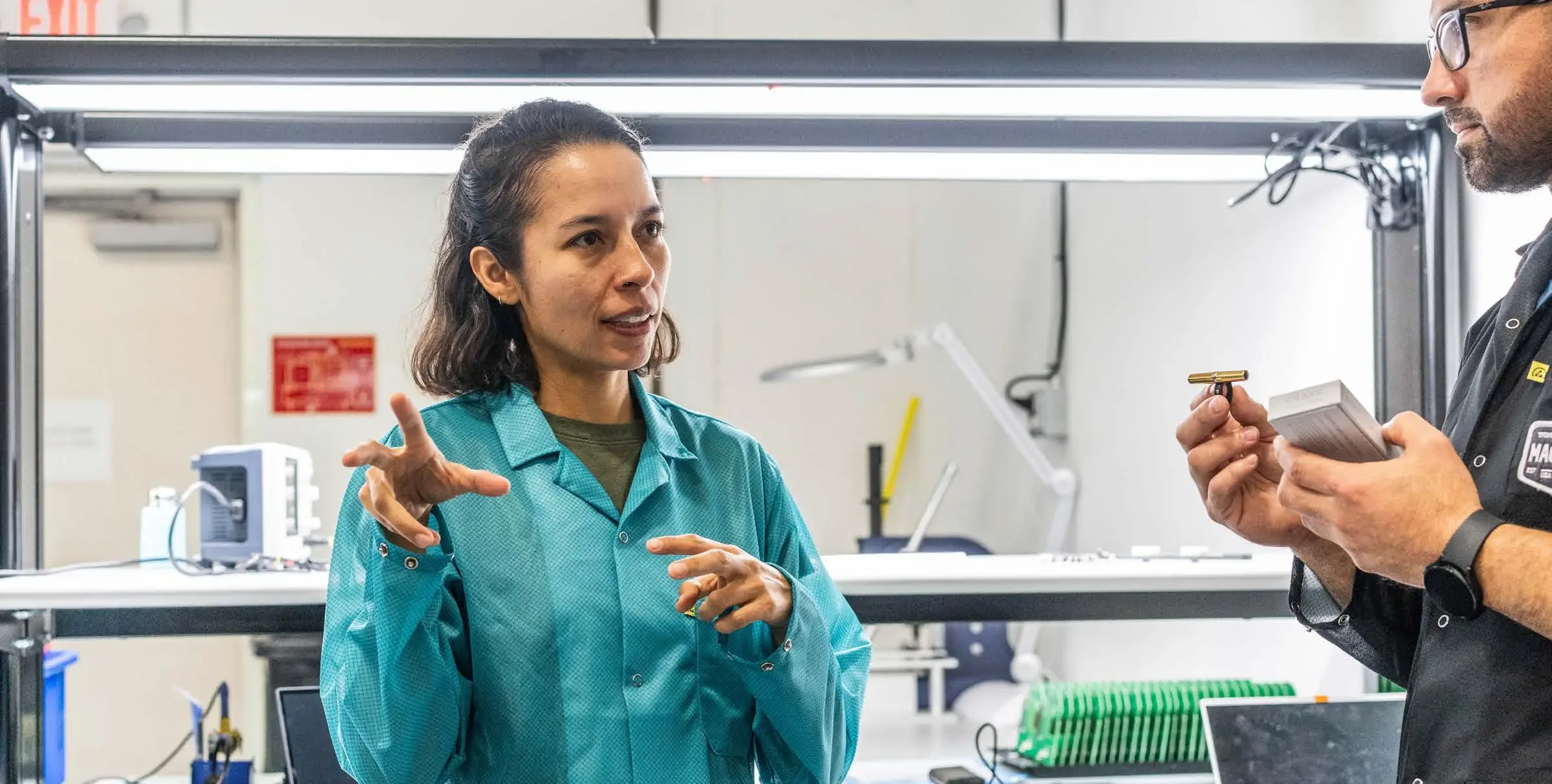Creating an Accelerated PCBA Lifecycle: From NPI to Production

Teams can often eliminate PCBA production delays by using technologies like connected digital manufacturing. Find out how to get your product done faster with this checklist.
This article was first published on
www.macrofab.comCreating an accelerated PCBA product lifecycle is more critical than ever in today’s electronics industry. This often begins by bridging the divide that often exists between product owners and engineers. Teams can often eliminate PCBA production delays by using technologies like connected digital manufacturing, eliminating friction points between product owners and engineers that impede
your production process and, ultimately, your product launch.
This list explores ways to foster open communication and better embrace flexible BoM management to drive efficiency, quality, and innovation at your company and within the PCBA manufacturing process itself. Dive in, and find out how to accelerate your product journey.
Bridging the Gap Between Product Owners and Engineers
- Create Open Communication Lanes: This is crucial to a successful product design and synchronizing engineering decisions.
- Have Clear Roles and Responsibilities: Product owners set the vision; engineers bring it to life. Stay in your lane to avoid conflicts.
- Build Trust and Collaboration: This is one of the most important facets for overcoming disagreements and aligning on common goals.

Characteristics of High-Performing Electronics Teams
- They Communicate Effectively: Use tools like the RACI matrix to clarify responsibilities if needed.
- They Handle Conflict Fast: Prevent escalation of disagreements by addressing them right away.
- They Encourage Everyone to Participate: Create an environment where ideas flow freely and progress is transparent.
- They Prioritize Time Management and Minimize Risk: Select the right partner and avoid repetitive tasks to optimize resource allocation, reduce errors during handoffs, and streamline the product life cycle.
How to Overcome Delivery Challenges

- Commit to the Product Design Lifecycle: Understand and respect each stage from prototyping (EVT, DVT, PVT) to mass production (MP).
- Reduce Risk and Gain Agility: Use flexible BoM management with multi-BoM designs and source smarter with current information.
- Fuel Your Edge: Make faster, smarter market decisions with real-time data that allows you to make adaptive decisions on the fly.
Streamline Innovation From Prototype to Production
- EVT: Rapid Functionality Validation: Validate electrical design fast with mini-builds and catch issues early.
- DVT: Holistic Integration & Variation Testing: Combine and test variations from all angles for maximum performance.
- PVT: Scalability Assurance: Refine design for mass production and verify functionality in the real world.
- MP: Ramp Up with Efficiency: Maximize production volume while optimizing yield and resolving early field failures.
- Use a One-Stop CM: Using MacroFab, the entire process can be executed seamlessly without any delays to slow you down.
Keys to Successful Transition to Production
- Reduce Supply Chain Disruptions: Use AI-powered sourcing to adapt to price fluctuations and availability issues.
- Foster Transparency at Every Stage: Communicate openly about progress throughout your team.
- Minimize Delays and Risks: Make confident production decisions with real-time insights into market trends and component availability.
- Build Trust and Customer Loyalty: Prioritize quality from the start to deliver a reliable product that strengthens your brand reputation.
Want a special downloadable version of this article to refer back to? Get it now.
GO TO THE DOWNLOAD